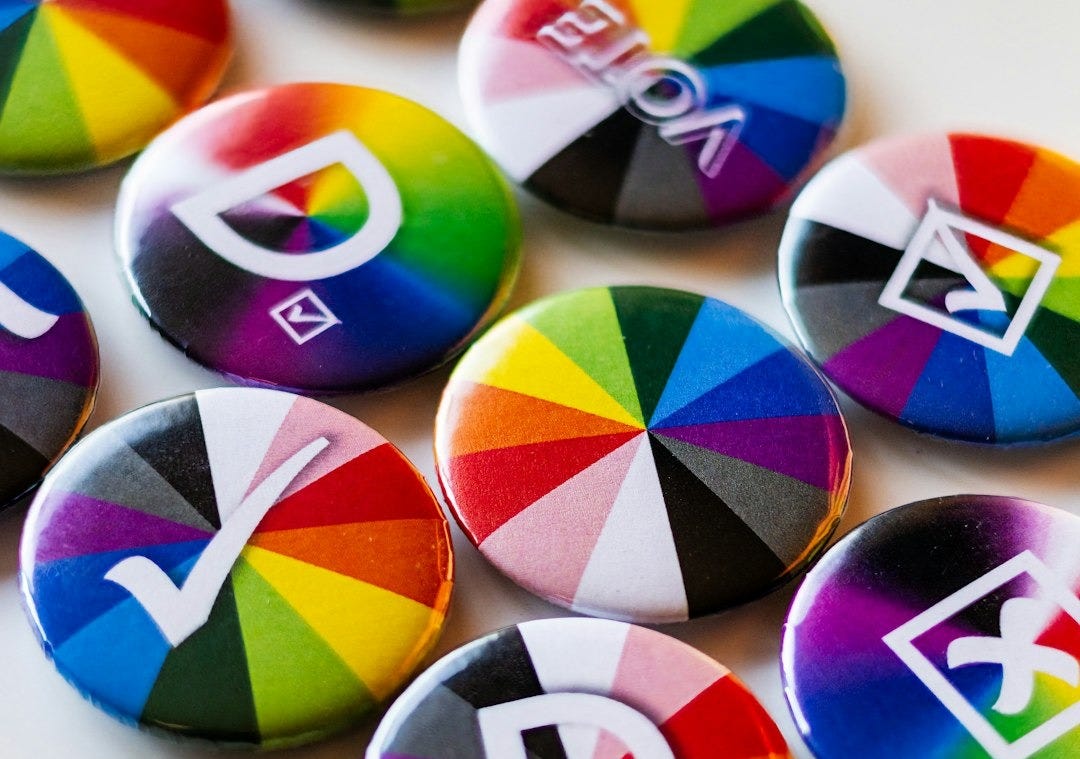The biggest questions about polling going into 2026
Getting people to answer surveys is still the biggest problem.
This time last week, I was at the annual conference of the American Association for Public Opinion Research, which I affectionately refer to as “pollster Christmas.” After election years, there are always a bunch of presentations on election polls and how the analysis pollsters have done to learn what we can ahead of the next election cycle. I wrote about the key themes in this week’s National Journal column:

In 2024, polls were fairly accurate in showing that the presidential election was a toss-up, with the potential for all the battleground states to swing in one direction or the other. At the same time, 2024 polling did still underestimate Trump’s support by a couple of points, a disconcerting continuation of the same pattern.
The root of the problem seems to be that Trump activates people who are less likely to vote under non-Trump circumstances—and those people are also harder to get to take surveys because they don’t answer the phone and aren’t online as frequently. They don’t trust institutions, media, or pollsters. It’s unclear how we fix that, but pollsters keep working on the problems, and last week everyone who is anyone in the polling field gathered in St. Louis for the annual American Association for Public Opinion Research conference to share what we know about 2024 polls.
There are three clear trends in the research, all of which comport with what I see in my work as a pollster.
Read on here (free until May 30) for the three trends and three big questions we have for 2026.



